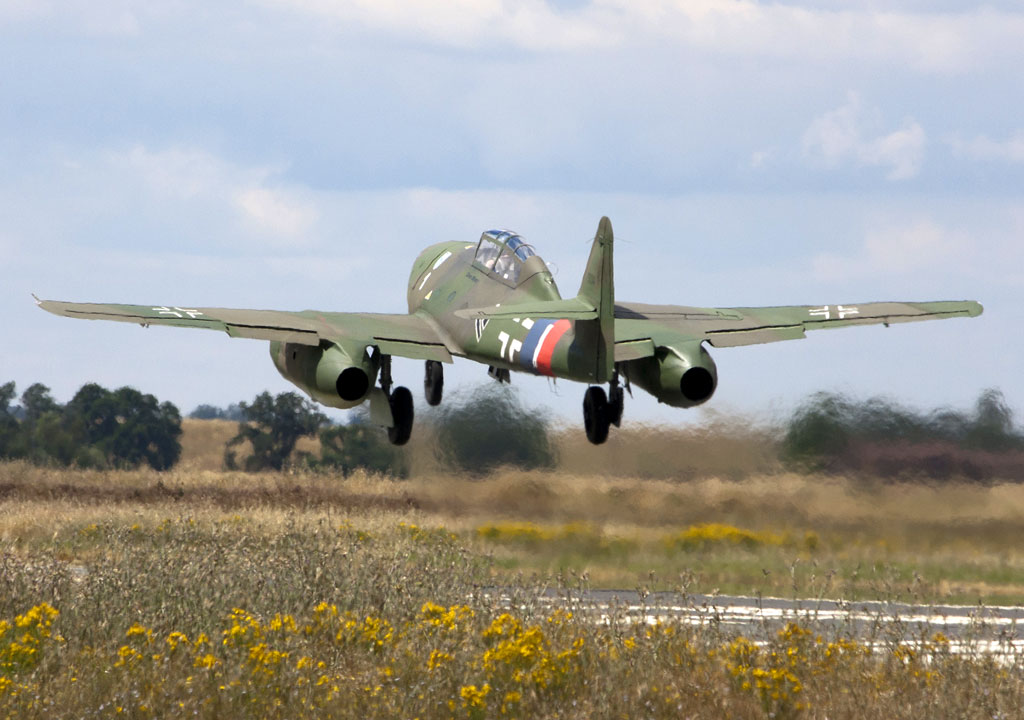In most POHs, the flap configuration for short-field is usually recommended as partial flaps, for instance 10˚ for C172.
I remember the arguments are that full flaps would reduce the acceleration rate, and in no flaps the airplane would have to accelerate to higher speed to off the ground. In either case, the ground roll distance is longer than the optimal partial-flap configurations.
However, this assumes a fixed flap setting during ground roll. How about let the airplane accelerate to a certain speed (in zero flaps) before adding to full flaps? We could achieve best acceleration as well as best lift-off speed?

